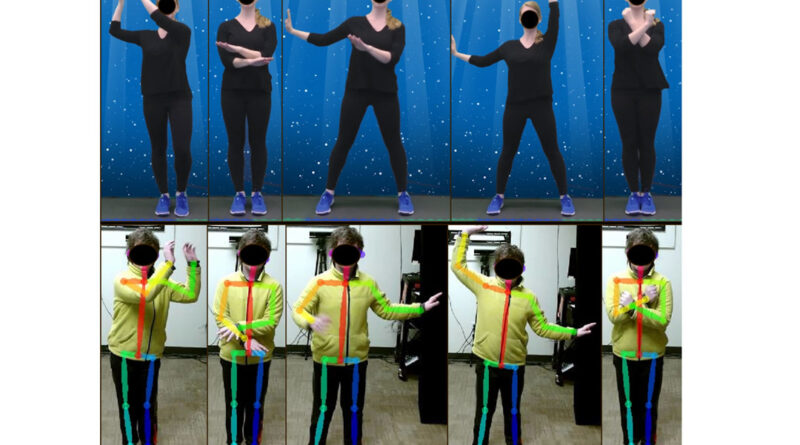A research team at Kennedy Krieger Institute recently developed a new method to diagnose Autism Spectrum Disorder. The method builds on past ASD research and provides greater access to patients.
An internationally known, nonprofit in the Baltimore-Washington region, Kennedy Krieger provides inpatient and outpatient medical, behavioral health and wellness therapies, home and community services, school-based programs, training and education for professionals and advocacy. Kennedy Krieger provides a wide range of services for children, adolescents and adults with diseases, disorders or injuries that impact the nervous system, ranging from mild to severe.

Stewart H. Mostofsky, M.D., director of Kennedy Krieger’s Center for Neurodevelopmental and Imaging Research, led the team in creating a Computer Assessment of Motor Imitation with an “off-the-shelf” two-dimensional camera. Using a pose-estimation software called OpenPose 2D, researchers measured children’s imitation abilities with the same accuracy provided by the three-dimensional depth cameras they previously used.
“We view the OpenPose 2D CAMI method as a leap forward in determining if a child has ASD,” said Dr. Mostofsky. “Imitation deficits, often associated with core autistic traits, can now be tracked without relying on cumbersome 3D technology.”
To test OpenPose 2D CAMI, the researchers analyzed the movements of 40 children, including those with ASD and those categorized as typically developing, while they imitated the movements of a model “avatar.”
The scores computed using the 2D camera were compared to those obtained with the 3D CAMI and Human Observation Coding methods.
The team found that the OpenPose 2D CAMI technology is able to differentiate children with ASD from the typically developing control group. As with the 3D CAMI — which uses Kinect Xbox motion-tracking technology — the 2D version found that poorer imitation correlated with higher core autism trait severity. Both CAMI systems outperformed the Human Observation Coding method.
Results of the study were published recently in Research in Autism Spectrum Disorders.
“Our findings show that 2D pose-estimation is accurate, easy for clinicians to use, and also accessible to them,” said Dr. Daniel E. Lidstone, a researcher with Kennedy Krieger’s Center for Neurodevelopment and Imaging Research, and the first author on the study.
The researchers’ next step is to use the OpenPose 2D CAMI method to inform early intervention strategies. They hope to use the technology to assess a range of stimuli rather than strictly imitation abilities.
By applying the technology to real world activities, researchers plan to lay the groundwork for identifying a phenotypic biomarker of ASD. Their goal is to identify different subtypes of ASD and appropriate treatment strategies, Dr. Lidstone said.
“Our findings indicate that CAMI yields accurate assessment with 2D rather than 3D technology,” Dr. Mostofsky said. “Now that we understand how accessible the tool can be, we hope to apply it to a range of everyday activities to gain a better understanding of ASD and how we can detect and treat it more effectively.”
The team’s work was funded by the National Institutes of Health.
The original study using 3D technology was published in Biological Psychiatry: Cognitive Neuroscience and Neuroimaging and found that CAMI) using Kinect Xbox motion-tracking technology was an effective tool to determine if a child had ASD.
For information about Kennedy Krieger, visit KennedyKrieger.org.





